After the excesses of December comes a dry January. If you’ve decided to give up alcohol, or even just take a break, it’s easier than ever this year as bars and mixologists experiment with zero-alcohol drinks. While the Dry January Challenge, which started in the West around 2013-14, has seen an increase in demand for healthier options on menus in bars and restaurants over the years, with a lot of help from social media.
Demand meets supply: So the past year has seen a steady stream of zero-alcohol spirits pouring into India. Mimic spirits like gin, whiskey, and tequila enable you to meet friends at the bar without worrying about battling a hangover the next day.
While zero-alcohol spirits are designed to be alternatives to traditional spirits, they’re a world away from the flashy sweet mocktails of the past (quote Shirley Temple, sparkling with grenadine syrup). They should not be confused with more contemporary options, such as flavored soda and artisanal tonic water, as they are the base of the drink, not a mixer.
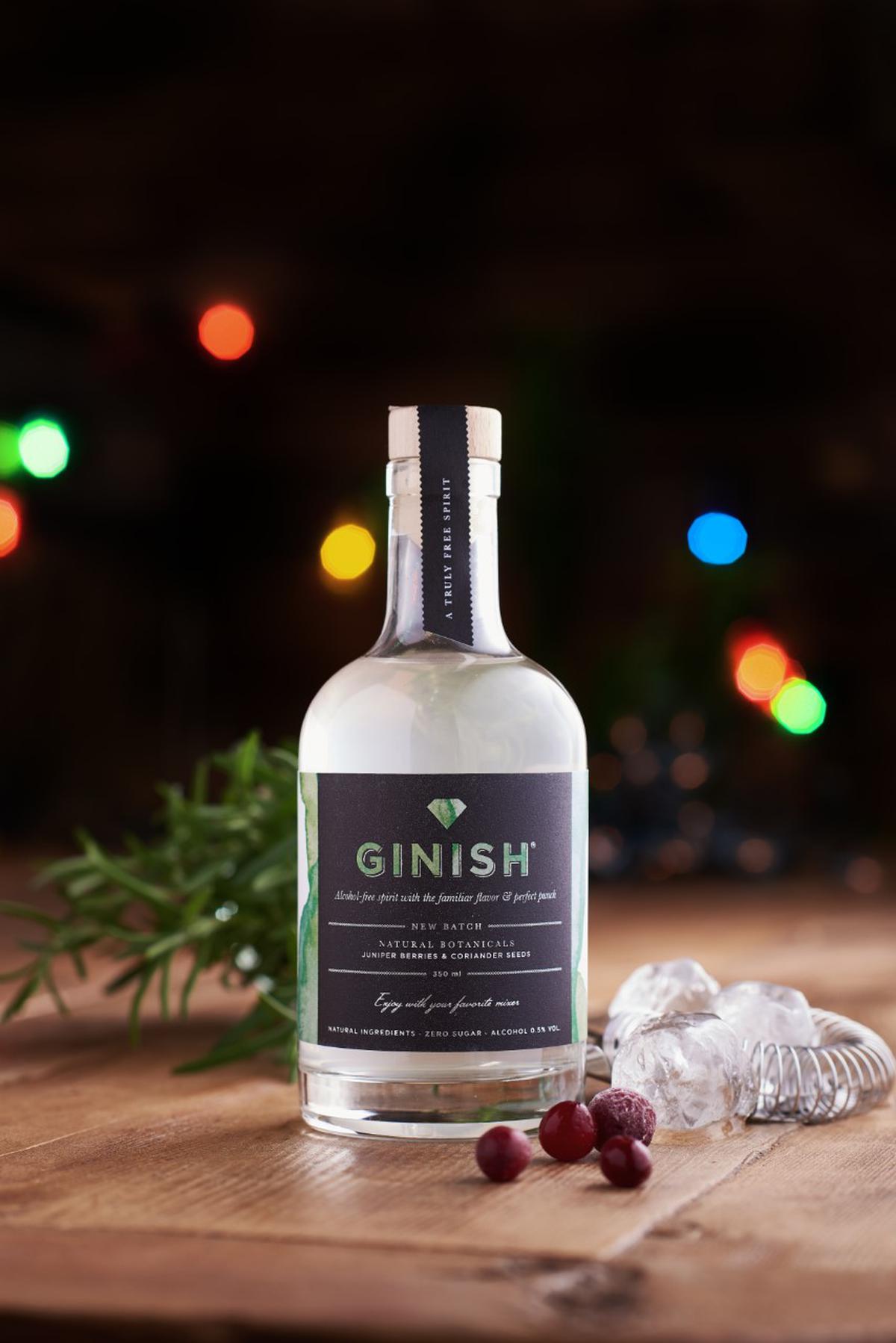
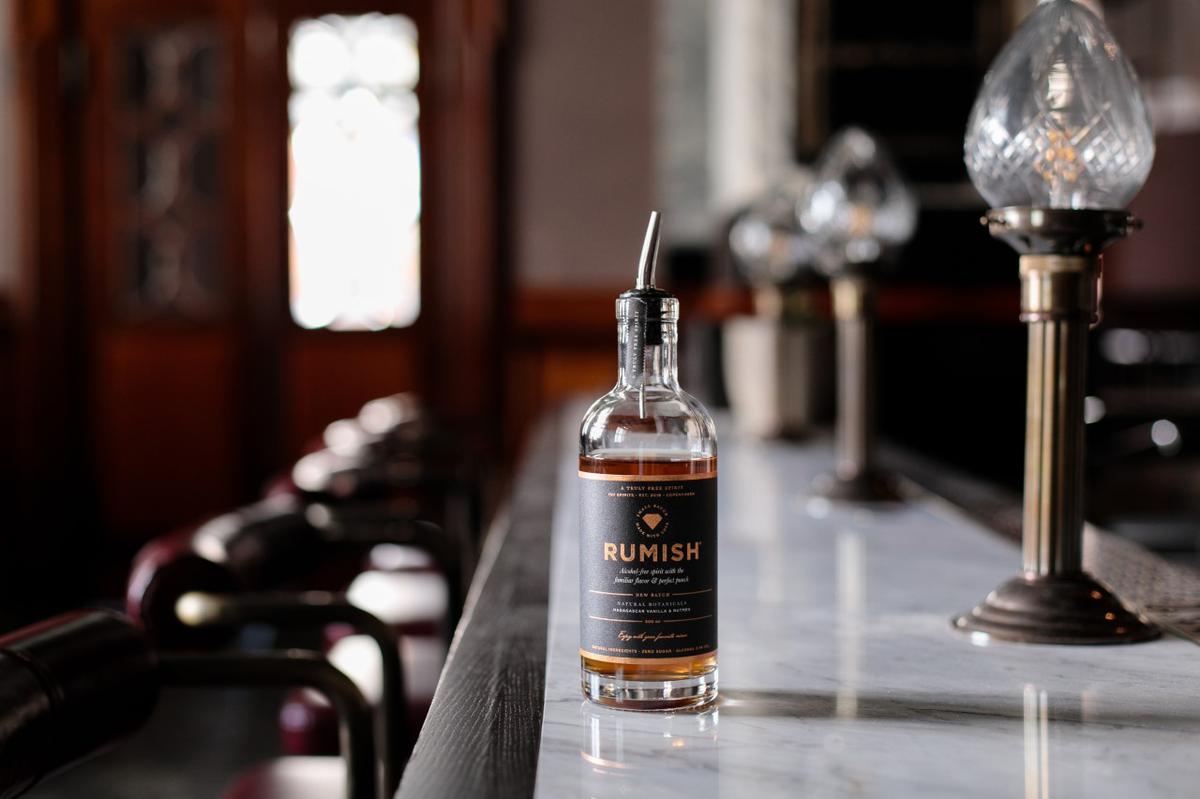
Brands like Seedlip Garden 108 and Spiritless Kentucky 78 are gaining popularity internationally. Then there are Arkay alcohol-free drinks (inspired by rum and vodka), Monday Zero Alcohol Gin (inspired by gin) and RIPPR.
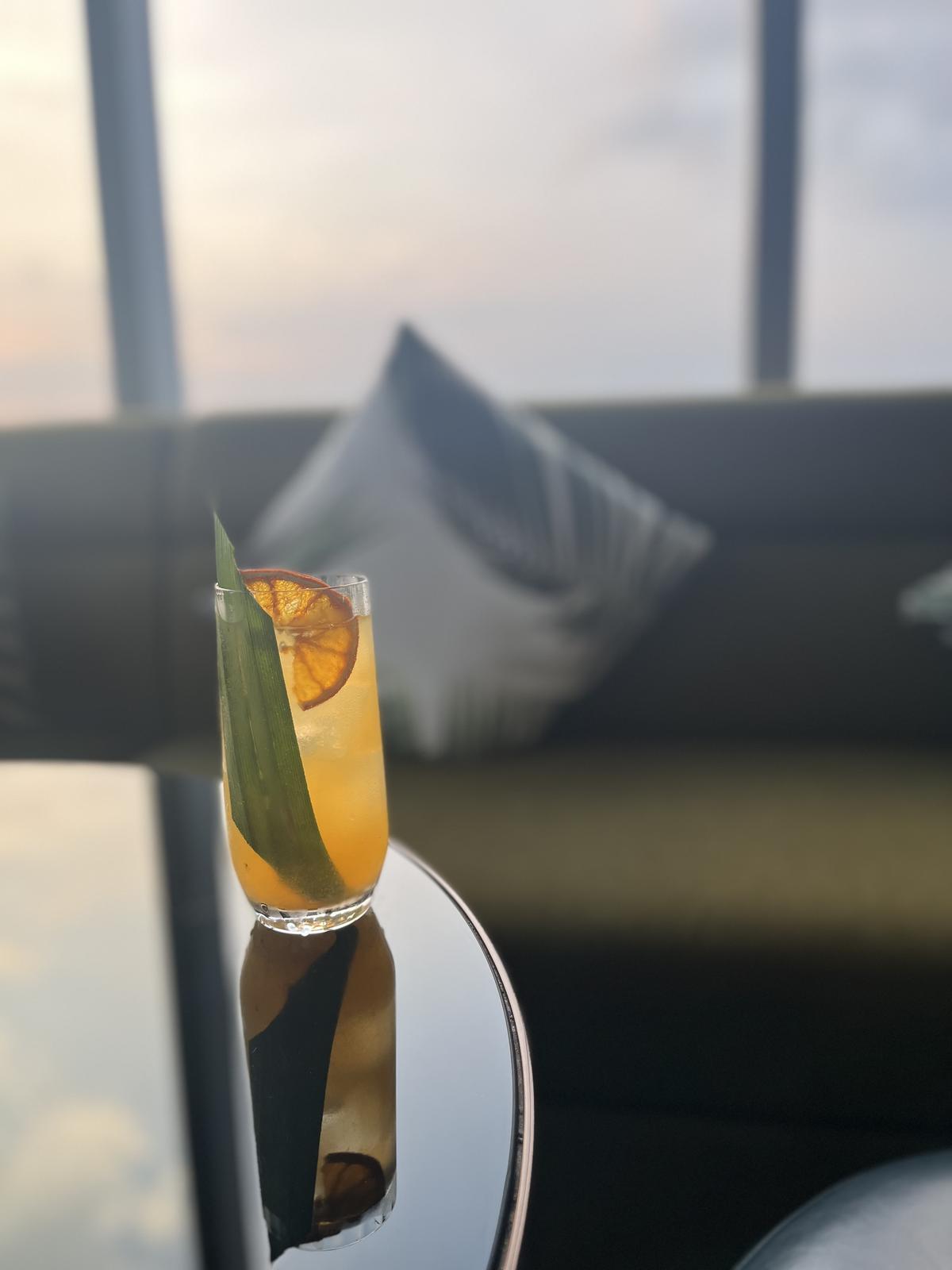
In India, more hotels including Park Hyatt, Taj Palace and Four Seasons have started stocking Indian made zero alcohol alternatives such as GinISH (priced around ₹1760) and RumISH (from zero cent), Seedlip and Sober. They are also available at select wine stores nationwide.
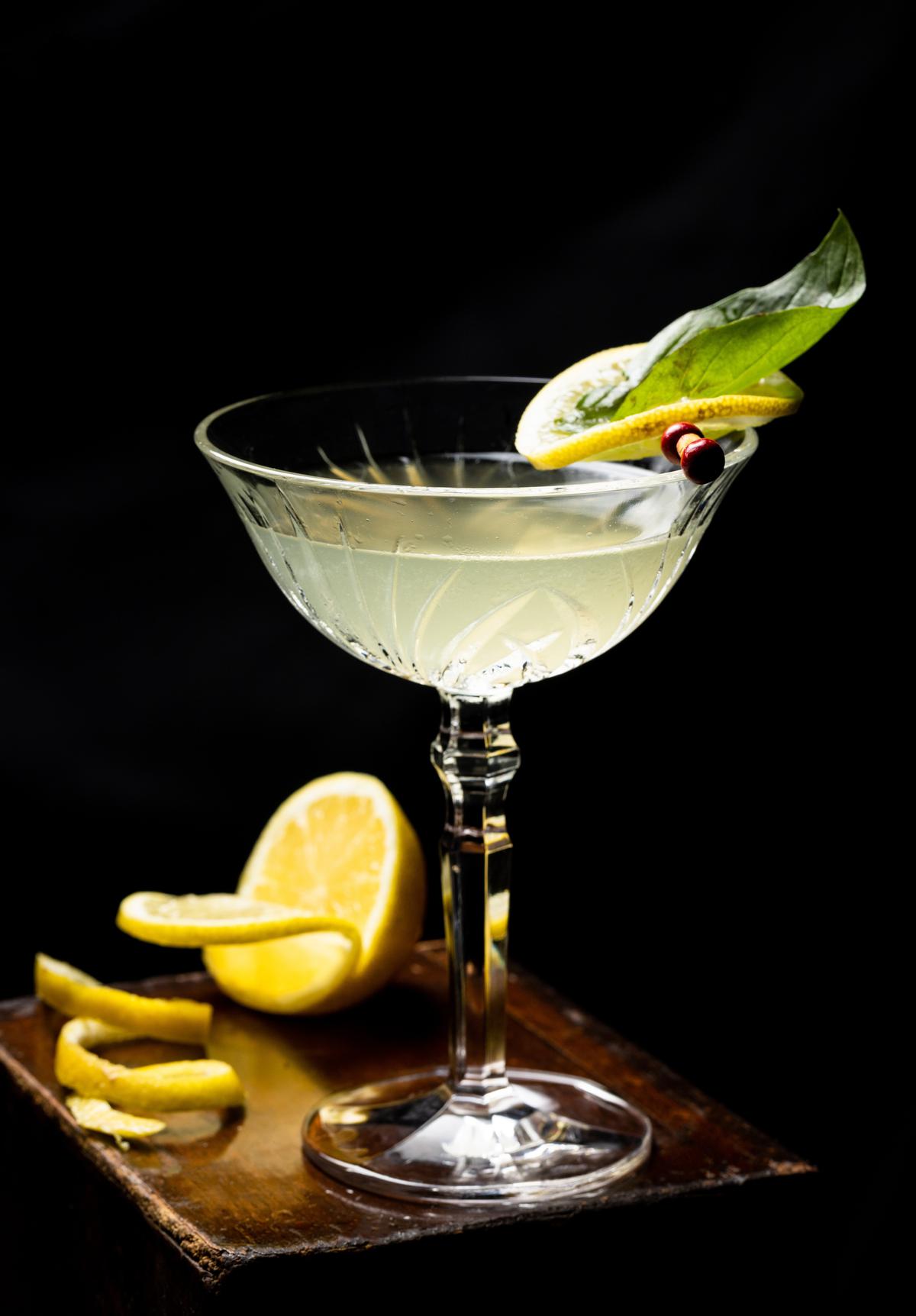
Gimlet with ginish at Taj Palace | photo credit: special arrangement
process at a glance
Often, these beverages are made following the same processes as alcoholic spirits, except the alcohol is removed at the end. Australia’s Ramakrishna Prasad Akkala, founder of RIPPR, which replicates wine and beer, explains how the drink was a lockdown experiment at his distillery warehouse in Australia.
“The process of removing alcohol is dealkylation, in which the alcohol is evaporated. With alkalization, brewers control the amount of alcohol,” he explains.
“The combination of neutral spirit and small amounts of botanicals gives the spirit a floral, fruity or bitter flavor. Then, it is heated through rounds of distillation that extract the flavor of the ingredients before the alcohol is extracted from the liquid. This can take up to six weeks to complete. The response has been very good as the market demand for low-alcohol spirits is close to 21%,” says Ramakrishna
market demand
The concept is fast catching on in India. According to the International Wine & Spirits Record (IWSR) – a leading source of data, analysis and insight on the global alcoholic beverages market – the trend for ‘interesting, alcohol-free spirits’ shows no sign of slowing, as consumption With and less souls are expected to grow by 31% by 2024.’
Vikram Achanta, co-founder of 30 Best Bars India – a platform that ranks and celebrates the country’s best bars and bartenders – says alcohol-free spirits are an interesting category and brands are making big efforts to capitalize on this latest demand. have been
“The Waitrose Food and Drink Report, October 2021, states that searches for alcohol-free drinks continue to grow by 22% every year. Brands are keeping pace with new trends by launching or expanding existing product lines,” he said. “In retail, the scope is huge, which is why Jacob’s Creek has introduced two variants of red and white wine in the Indian market,” says Vikram.
How does it measure up to the real thing? Well work is going on on this. “I think, Sober still needs to get something right in the recipe,” he says, explaining that the brand needs to work on its botanicals and spice game. However, he says that since the concept of cocktail bar culture is still new in India, it will take some time for this new addition to become popular.
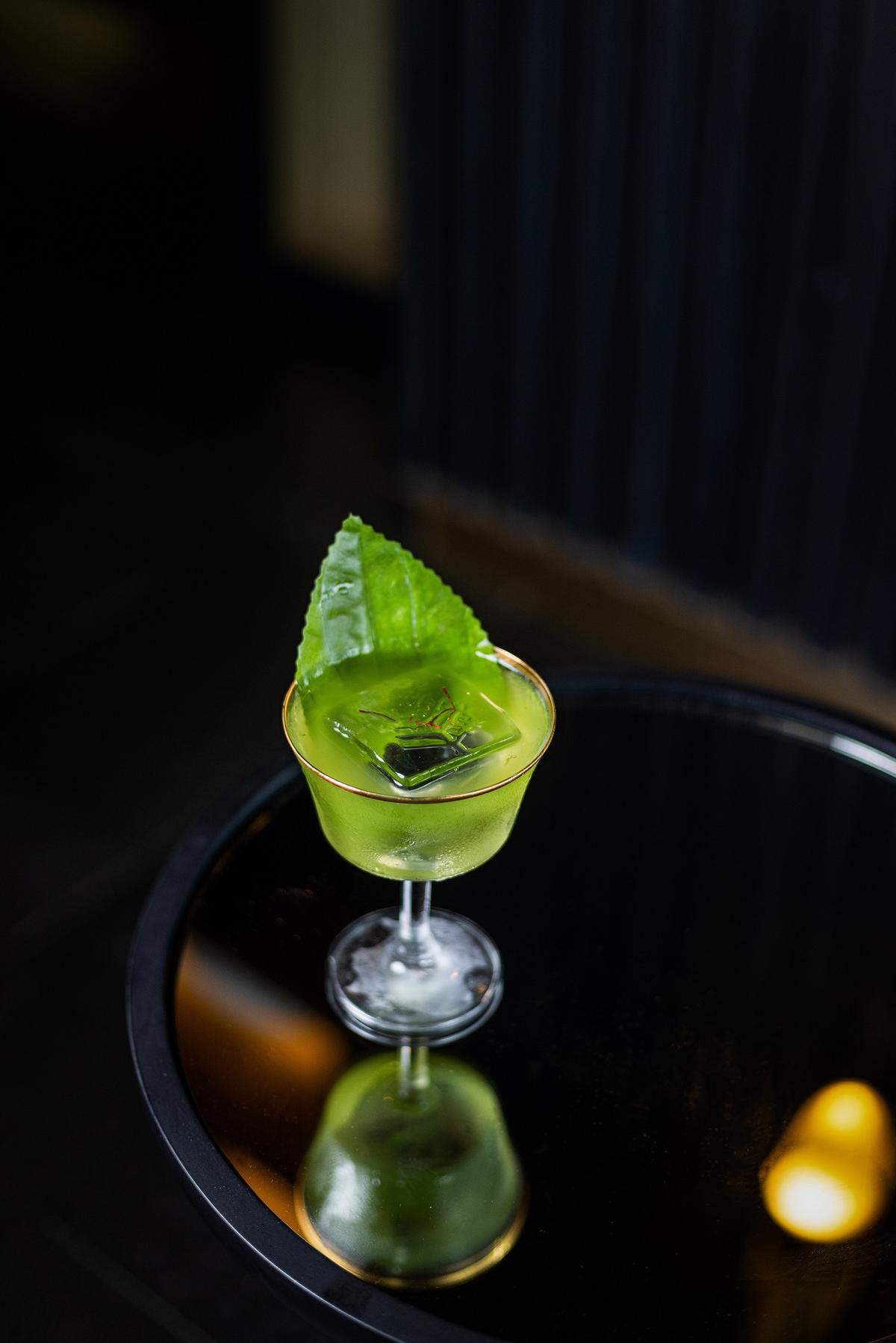
Leaf in Kopitas by Sarath | photo credit: special arrangement
Nevertheless, Grandview Research, (an Indian and US-based) market research and consulting company, reported the global non-alcoholic beverages market size to expand to $833.1 billion in 2021. The Bacardi Cocktail Trends Report (January 2022), in partnership with The Future Laboratory, states that around 58% of consumers globally are moving towards non-alcoholic and low alcohol beverages (ABV) cocktails and beverages.
Based on analysis and customer feedback, Kopitas at the Four Seasons Hotel in Bengaluru, which prides itself on being included in the list of Asia’s 50 Best Bars, works on staying ahead of the trends. The team is now creating a new menu that includes cocktails made with alcohol-free spirits.
Bar manager Sarath Nair says they are using seedlips to make cocktails that taste like gin, but without the alcohol. These have been especially popular among conscious drinkers who want low-sugar drinks that are made from fresh juice and do not contain alcohol. (They’re also a great option for the determined nighttime driver.)
Who Drinks No-Rum Mojitos?
Delhi-based sommelier Magandeep Singh explains how these drinks are crafted for people who want to quit, or cut down on alcohol, and not for drinkers. He says, “If you are a designated driver or taking antibiotics and don’t want to miss the taste of alcohol then go for a drink with any alcoholic spirit. Zero alcohol spirits or drinks made from zero spirit beer or wine are their Not for those who have never tasted alcohol.
Explaining why customers are choosing these options over mocktails, Jejan Limjarwala, assistant director, F&B and beverage head at Taj Mahal Palace in Mumbai, says they want to create an authentic “gin and tonic or rum and coke experience” for drinkers. make possible.
“The spirits’ natural flavor and balance make them a great expression closest to the flavor of the original drink,” says Jejan. Plus, for drinkers who crave familiarity, these non-spirits make it possible to enjoy a night of these familiar drinks without the consequences, bad decisions, or a series of embarrassingly drunk karaoke reels.
Ramakrishna also states that non-alcoholic spirits were first introduced to America to help people fight alcohol addiction.
a juniper high
Rohit Kasare, India head of marketing at Zero Percent (launched just before the lockdown in 2020), says, “The mocktail scene in India has become stale, the same mocktails are being worked on and served. Nonalcoholic spirits break up that monotony.” When you sip on a drink made with ginseng, you’ll be less likely to feel the aftertaste of gin due to the presence of familiar botanicals like vanilla or juniper.
Rohit says, however, that it is taking time for the market to adapt to these drinks as they are still a novelty, and are only just starting to appear on bar menus.
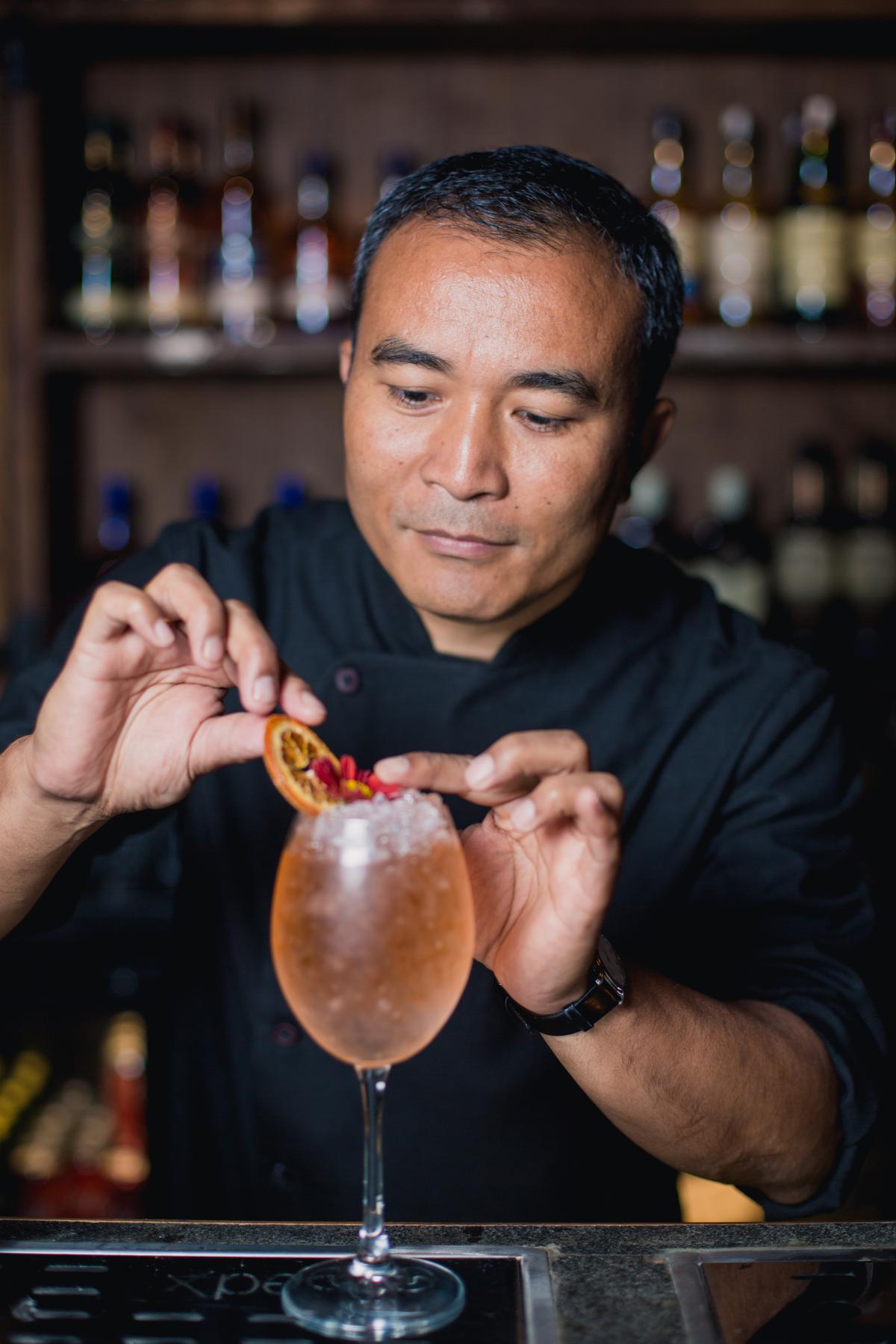
Yangdup Lama of the popular Sidecar Bar in Delhi, which is known for its carefully crafted cocktails, agrees that the market for such liquor in India is still at a nascent stage. “It’s a complicated market and just because alcohol content is missing from a spirit may not be a good enough reason to forbid a regular to switch,” he says. Taste is therefore important, but as competition intensifies, products will inevitably continue to improve
Which brings us to the next big challenge: cost. Although it comes without the spirit, the method of preparation is similar to that of alcoholic beverages, so any alcoholic beverage tastes equal to, or even slightly sharper than, its alcoholic counterparts.
This is why growth in India is relatively slow, despite the potential, says Pankaj Balachandran, founder of Countertop India and brand director of Short Story Spirits (drinks menu consultants).
“With the Indian market still being price sensitive, none of the alcoholic beverages have been able to gain the desired momentum. However, in a consumer-sensitive market like Dubai, the same enthusiasm picks up pace when it comes to the menu,” says Pankaj, adding that he has recently created Negronis and French cuisine for June’s Dubai, a progressive Asian fine dining restaurant by chef Calvin Cheung. Mojitos are made. “I used zero-alcohol whiskey, tequila, and rum and the uptake was high.”
Apparently, the ‘healthy’ bar menu is just getting started: Bira has launched a low-calorie beer. Welcome to 2023, where you can party Saturday night then go for a run Sunday morning. After all, The Hangover is so 2022.